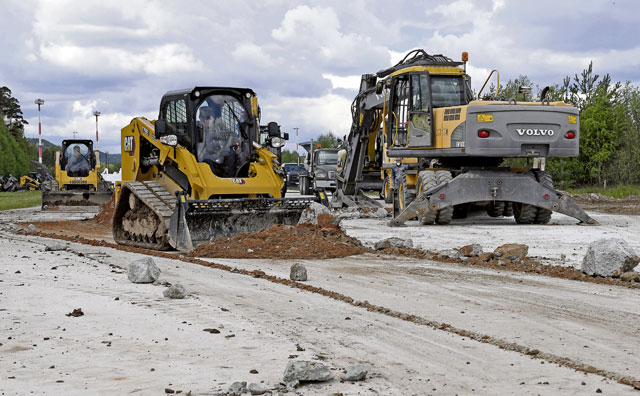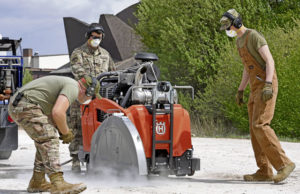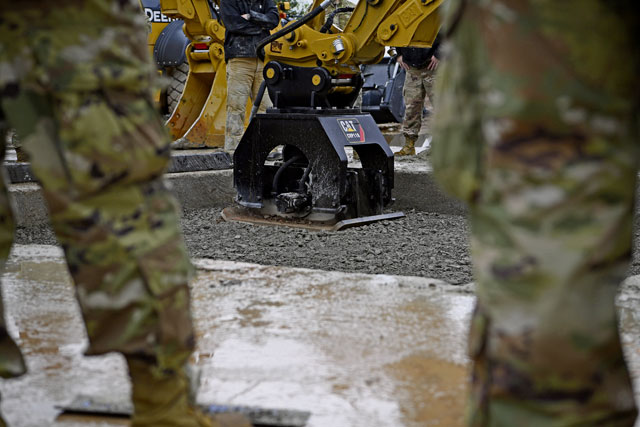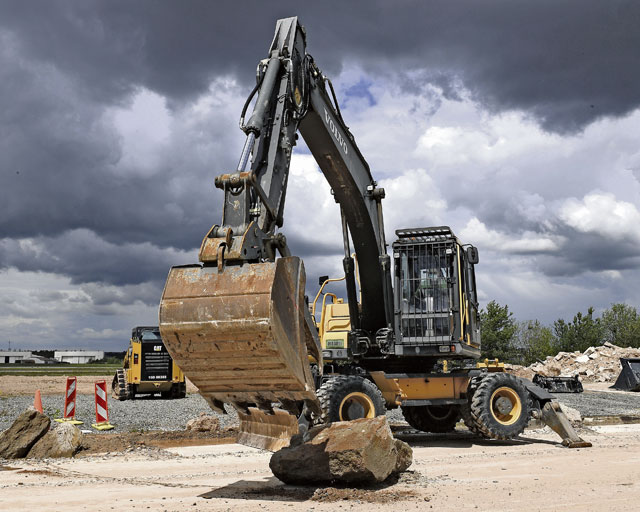
The 52nd Civil Engineer Squadron and the 786th Civil Engineer Squadron participated in the Rapid Airfield Damage Recovery program training event May 10-14 to create Airmen who are multi-capable.
The training consisted of Airmen from both Ramstein and Spangdahlem Air Base spanning six different Air Force Specialty Codes.

“This kind of training is very different from my normal day-to-day,” said Senior Airman Elijah Smith, 52nd CES structural journeyman. “We typically go about the base, fixing things like doors or locks and windows. For this, it’s more critical when things are going downhill. When we’re out here doing this training, we’re learning how to actually fix the airfield.”
Just like roads, an airfield is prone to damage or degradation over time. For this reason, it is essential to have Airmen ready and capable who can both expertly do their jobs and skillfully complete Rapid Airfield Damage Repairs.
The Airmen received one day of classroom instruction by the 435th Construction and Training Squadron’s cadres on the fundamentals of RADR. Then they executed RADR on a mock airfield alongside 435th CTS cadres.
Repairing a large crater begins by removing debris from around the crater. Lines are then cut along the crater’s edges to cut into the concrete and then remove the debris to a depth of 24 inches. After that the crater is filled.
Unlike roads, which may be under construction for months, RADR’s rapid set concrete is ready for aircraft traffic in a matter of hours.
The updated airfield repair course occurs four times a year and is a critical component of successful mission readiness.
“To stay mission-ready, we must continue our airfield recovery efforts to mitigate problems and have the capability to repair our airfield pavements in a reasonable and safe manner,” said Master Sgt. Daniel Bailey, 786th CES’s section chief of horizontal repair.




